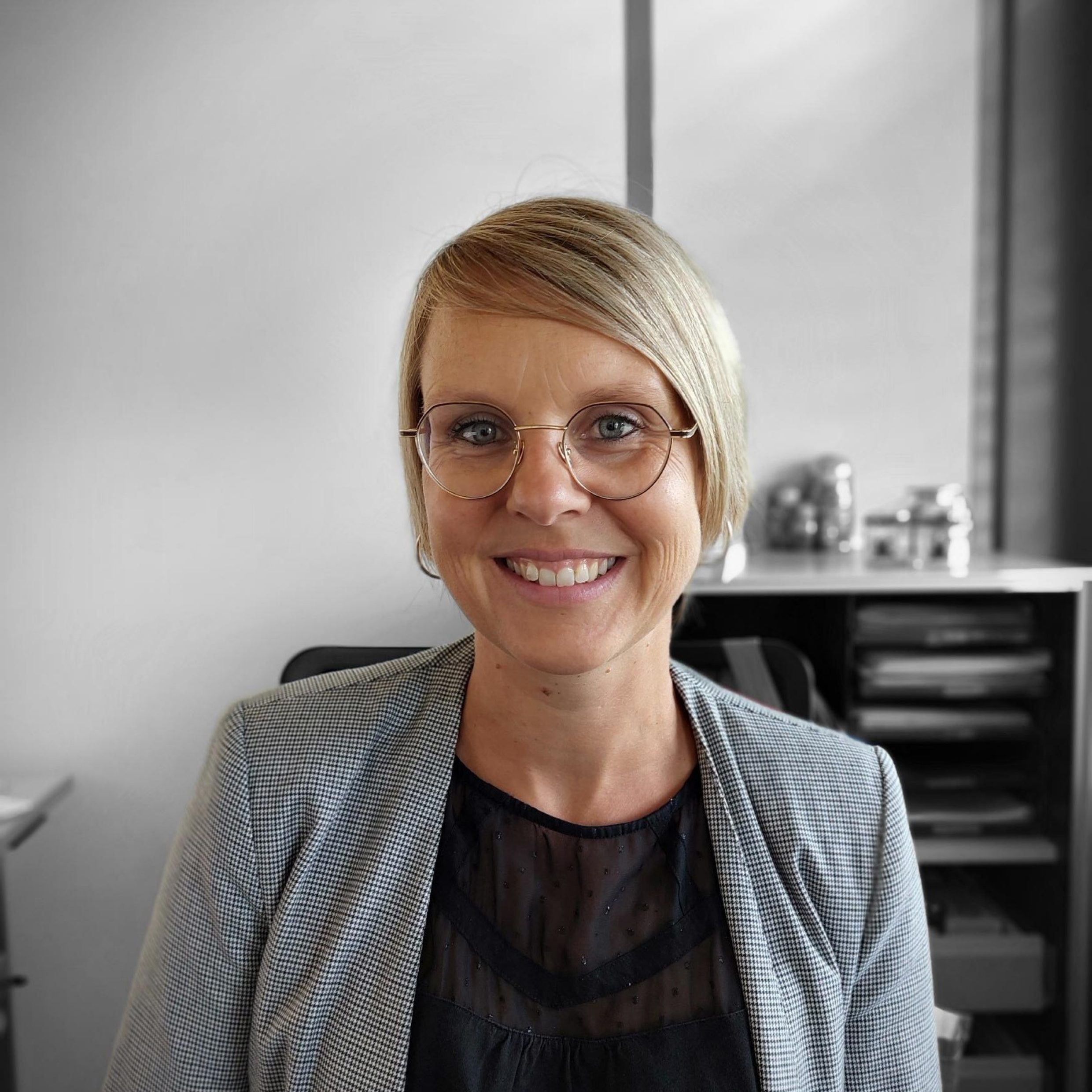When it comes to their employees’ financial future and occupational provisions, entrepreneurs and pension fund committees have an important decision to make. If they do not have their own pension fund, they join a collective foundation. Here, they can choose between two models: full insurance and semi-autonomy. But what’s the difference? We explain the advantages and disadvantages of the two pension solutions.
What are the main differences between full insurance and the semi-autonomous solution?
As a rule, a company that does not have its own pension fund can choose between full insurance or a semi-autonomous pension solution. The key evaluation criterion here is the relationship between security and return.
Full insurance
Advantages
Full insurance guarantees 100% security for the retirement savings and interest on these savings. A shortfall is not possible. There is no risk of employers and insured persons having to help finance restructuring costs if the capital markets do not generate sufficient returns or the stock markets crash.
Disadvantages
Pursuant to solvency provisions, in full insurance retirement savings can “only” be invested with a conservative investment strategy (equity component of less than 5%). This may lead to lower returns, which may also be reflected in the interest paid on retirement savings.
Semi-autonomous solution
Advantages
With a semi-autonomous solution, companies and their employees have a number of opportunities to participate, depending on the type of solution, particularly with regard to the choice of investments. As a general rule, if the financial markets perform well, the insured members also benefit from higher interest on their retirement savings.
Disadvantages
Companies and their employees also bear the investment risks, and the interest on retirement savings is not guaranteed. Restructuring measures are also possible in the form of additional salary deductions, but this would be an exceptional scenario.
What would suit my company better?
There is generally no “right” pension fund. In both models employees save for their retirement, and the risks of death and disability are insured. Entrepreneurs and pension fund committees must weigh up their decision on the basis of their company’s profile, risk appetite and risk capacity. As a rule, SMEs have different security requirements to larger companies.
We recommend a consultation in order to analyse the relationship between security and return and to find a solution that suits the company.

Arrange a consultation
Finding the right pension solution for your company is a highly individual choice. Our advisors would be happy to assist you.


.jpg)
